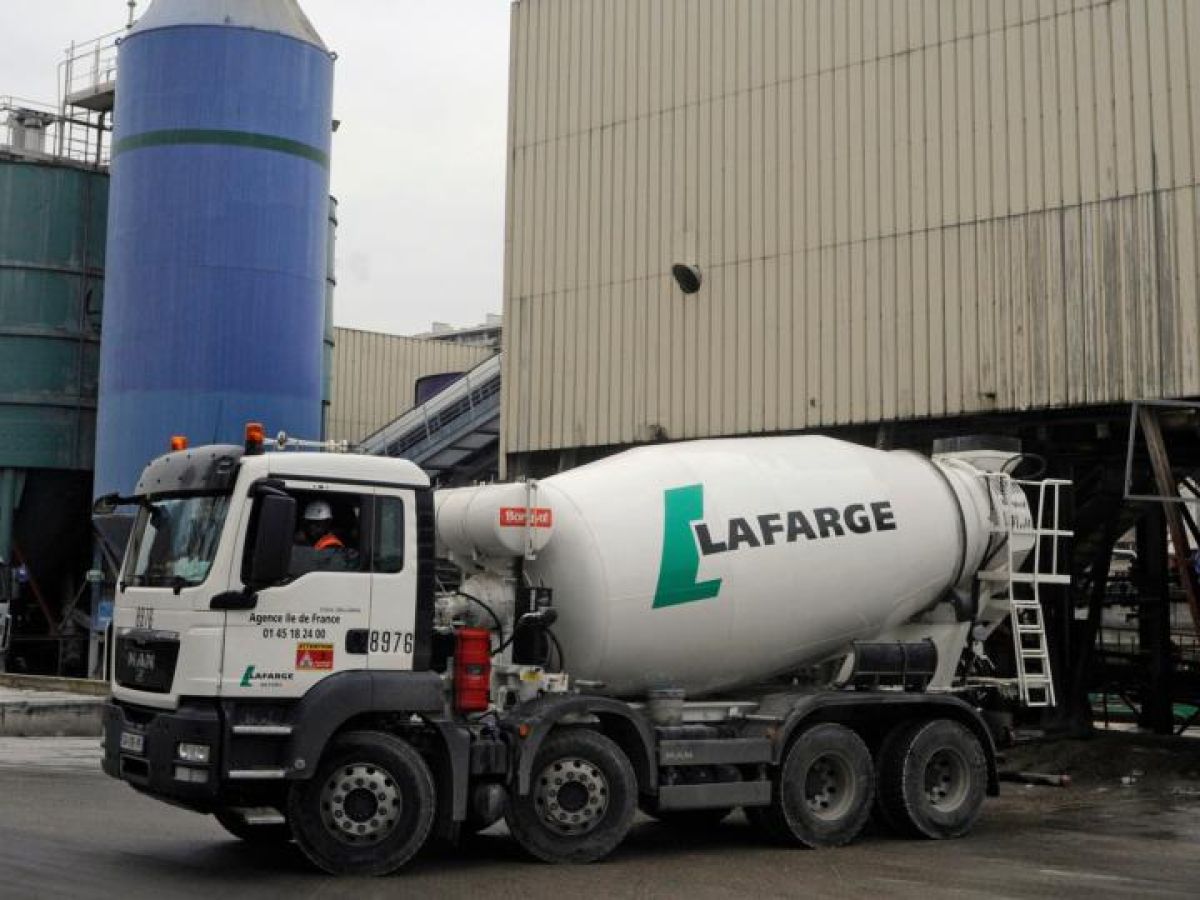Innovation keeps Lafarge afloat
CEMENT producer, Lafarge Cement Zimbabwe has anchored its growth prospects on continuous product and service innovation as key enablers for the company’s growth targets
In a statement, Lafarge pointed out that continued adaptation to the changing operating environment was critical, while innovation is essential to respond to new ways of working necessitated by the COVID-19 pandemic which has claimed more than 3 900 lives countrywide since March last year.
“Over the months, Lafarge Cement Zimbabwe has focused on product and service innovation to stay ahead of the curve while driving business growth,” the company said.
In this regard, the company recently launched two new products and is set to run the country’s first pilot project on the 3D printing construction technology.
“Following extensive product research and design in 2020 as part of the company‘s progressive product innovation and expansion drive, the company has launched two new products in the first six months of the year.
The first product launched this year is the country’s first waterproof cement WaterShield.“ Lafarge Cement Zimbabwe CEO Precious Nyika said at the company’s annual general meeting recently.
WaterShield is a high strength cement made with hydro-defence technology and designed for use in high moisture construction works such as water tanks and swimming pools. It is also highly recommended for use in foundations. The second and most recently launched product is a high-end dry mortars range of products under the name Tector which consists of plastering mortar (TectorPlast) and tile adhesives (TectorCeram) designed for high quality finishing of construction works.
Nyika said the company was leveraging on the added capacity at its newly-commissioned dry mortars plant which increased by close to 1 500% to introduce more products into the market while also exploring export prospects.
In its efforts to help boost national housing development, the company has introduced technology to address some of the challenges encountered when using traditional methods of construction by using 3D printing.
This technology has been developed by Holcim through its subsidiary 14Trees and the local entity’s new dry mortars mix plant will be producing 3D printing ink required for local projects.
3D printing is the moulding of a structure by placing volumes of material in sequential layers on top of each other, constructing from the slab up.
In 3D printing, the foundation, roof and finishes are made in the conventional way while the superstructure is made using the 3D technology. The material used in this process is cement-based and contains sand and special additives.
The benefits include increased construction speed; up to 50-70% faster than conventional methods, enhanced sustainability as less materials are used (50mm thick walls versus 140mm) and affordability as construction costs are estimated to decrease by 10-20%.
Lafarge revealed plans to showcase the capabilities of 3D printing it will construct 10 units at Knockmalloch in Norton under a housing project which is underway.
“This project will provide an opportunity for interested stakeholders to see the capabilities of this innovative technology and it is expected that this will stimulate demand and investment in this technology,” the company said.
Lafarge will be commissioning another state-of-the-art plant next year, a vertical cement mill set to double its cement milling capacity.
“This investment will see the business innovating with higher strength cement varieties in the not-so-distant future,” it noted.-newsday.cl.zw










